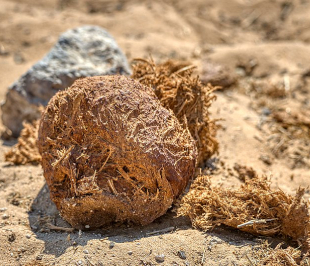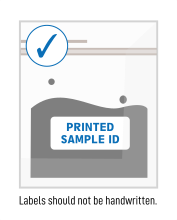
Please indicate in this form the following information when requesting for an estimate or quotation – AMS service (standard, priority or time guide), the number of samples and the billing address. Standard service turnaround time is 14 business days while the lab’s priority service takes 6 business days or less. Beta Analytic reports results in 2-3 business days for its AMS time guide service.
 Fees are inclusive of quality assurance reports, calendar calibration when applicable, and 24/7 web access to past results and pending analyses.
Fees are inclusive of quality assurance reports, calendar calibration when applicable, and 24/7 web access to past results and pending analyses.
Pretreatment – It is important to understand the pretreatment applied to samples since they directly affect the final result. You are welcome to contact us to discuss the pretreatment or request that we contact you after the pretreatment (and prior to dating).
Please inform the laboratory of the burial conditions of the dung and the likelihood of contamination from surrounding organic materials. If your sample is from a desert environment for example, the alkali steps may be omitted to retain sample mass. If your sample is from a complex soil context or is in limited quantity, then AMS dating with full pretreatments is recommended.
Dung tends to be highly resistant since it is composed of organics that have survived the digestive tract. However, in certain circumstances it may react strongly with the alkali used to remove secondary humic acids. With AMS analysis, this is usually not an issue except in the case of tiny samples.
There may be insects present in the guano. It is important to establish whether the insects in the guano are from undigested food that bats were eating or whether they crawled into the dung later on. If undigested, then the bugs are the same age as the guano. If post-expulsion of the dung, then the bugs could be significantly younger. This needs to be considered. If they are the same age, Beta Analytic does not have to remove the bug parts during the pretreatments. If the insects came in after the dung was deposited, then they will be removed prior to analysis.
Image credit: Axel Tschentscher (licensed under CC BY-SA 4.0)
Page last updated: February 2020